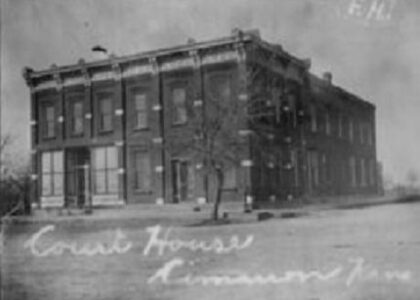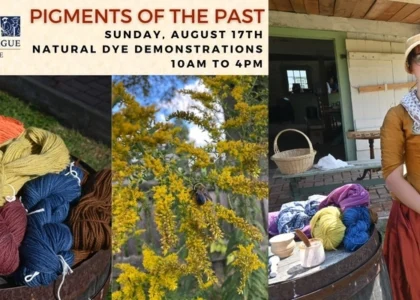Welcome to the story of the Monroe Monarchs, a significant yet often overlooked chapter in the history of American baseball. The Monroe Monarchs were a semi-professional baseball team that played a vital role in the Negro Leagues during a time when racial segregation prevented African American players from participating in Major League Baseball. This team was based in Monroe, Louisiana, and was active primarily in the 1930s and 1940s.
The Monarchs were established as part of the broader movement in the United States that sought to provide African American athletes with opportunities to play baseball at a high level despite the oppressive Jim Crow laws of the time. The team’s inception can be traced back to the vision of Fred Stovall, a wealthy oilman and entrepreneur who saw the potential of creating a competitive baseball team in Monroe. Stovall, who owned an oil company, used his resources to build a stadium and fund the team, effectively making Monroe a hub for black baseball in the region.
One of the standout moments in the Monarchs’ history was their participation in the 1932 Negro Southern League Championship. The team was known for its strong lineup and competitive spirit, which brought them to the forefront of Negro League baseball in the South. The Monarchs played against some of the most notable teams of the era, including the Birmingham Black Barons and the Chicago American Giants, showcasing their talent and determination.
The roster of the Monroe Monarchs included some exceptional players who made significant contributions to the sport. Players like Hilton Smith, who later became a star with the Kansas City Monarchs, and Shedrick ‘Iron Man’ Mitchell, known for his versatility on the field, were part of this iconic team. Their stories are a testament to the resilience and passion for the game that defined the Negro Leagues.
Over the years, the Monroe Monarchs’ presence helped to foster a sense of community and pride among African Americans in Monroe and beyond. The team’s games were not just sporting events; they were social gatherings that brought people together in celebration of athletic excellence and cultural identity.
However, as with many Negro League teams, the Monroe Monarchs faced challenges as integration began to take hold in American sports following World War II. The breaking of the color barrier by Jackie Robinson in 1947 marked the beginning of the end for many Negro League teams, as their best players were recruited into Major League Baseball. By the late 1940s, the Monroe Monarchs had disbanded, but their legacy lived on in the players who went on to achieve greatness in integrated baseball.
Today, the story of the Monroe Monarchs serves as a poignant reminder of the struggles and triumphs of African American athletes in the face of systemic racism. Their legacy is preserved in the memories of those who witnessed their games and in the history books that honor their contributions to the sport. The site where they once played stands as a testament to their impact on both baseball and American culture.





